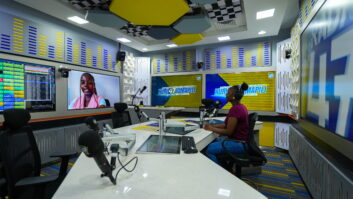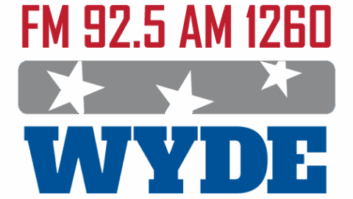
The Communications Authority of Kenya released on Nov. 8 a draft framework for the county’s roll-out of DAB+ for digital sound broadcasting. The draft framework positions digital radio as a complementary service, operating alongside analog radio, and no analog switch-off date is proposed.
Under the plan’s preferred options, the roll-out would focus initially on the phased introduction of national DAB+ services, similar to how the country handled its digital terrestrial television roll out, followed by the introduction of additional local DAB+ multiplexes. Current DDT common carriers and new entrants would be allowed to bid on multiplex licenses.
The phased roll-out plan envisions starting with 12 sites — Nairobi, Mombasa, Meru, Nakuru, Nyeri, Kisumu, Eldoret, Webuye, Voi, Machakos, Loldiani, and Kibwezi — covering about 12.6% of the country’s territory and 40% of Kenya’s population. The second stage would add an additional 17 sites with a final 22 launching in the third phase.
Alternate scenarios proposed in the draft plan would focus on local multiplexes or rolling out local and national services simultaneously. The CA also is considering only allowing existing DTT carriers to apply for multiplex licenses.
Although the framework focuses on DAB+ as the primary digital radio standard for the country, it left open the door to potential future consideration of DRM for AM services and DRM+ for use on FM in areas where there may not be enough demand to support a full DAB+ multiplex.
[More Radio News from Around the World]
The benefits of adding digital radio to the Kenyan mediascape, according to the CA, include new programs and services, as well as a lower bar to entry for program operators thanks to shared multiplex infrastructure. The benefits of improved signal quality and energy and spectrum efficiency were also noted.
FM frequencies in Kenya, particularly in major markets, are crowded, and a long list of applicants are looking to launch new services. In February 2022, the CA had 2,208 applicants in 97 markets for FM allocations; 43% of these were for the country’s eight largest markets, including Nairobi, Mombasa, and Kisumu. In many markets, Kenyan radio broadcasters already face significant co- and adjacent-channel interference due to crowded airwaves.
Expected challenges to the introduction of digital radio in Kenya include the availability and cost of DAB receivers, the cost of building out multiplexes and carriage fees, and resistance from existing stations concerned about new competition. The CA also noted that, without an analog switch-off date, the prime driver for adoption of digital radio by consumers will be the programming available, including new, digital-only services.
Among the near-term tasks the framework sets out for the authority are developing a frequency plan in VHF Band III, 174–230 MHz, along with a regulatory and licensing framework for both signal distributors/multiplex operators and digital broadcast content service providers.
In the medium-term future, the plan envisions a DAB+ trial for the Greater Nairobi area to gain real-world experience and data, as well as to build awareness of the technology. As the roll-out begins in earnest, the authority will also seek a five-year import duty waiver on DAB+ receivers to help reduce their costs. (During the DTT transition as similar fee reduced the cost to consumers of replacement equipment by about 25%.)
The framework was developed by CA in partnership with the Association for Progressive Communication and the Kenya ICT Action Network with support from the United Kingdom’s Digital Access Programme.
The authority is seeking comments from the public and other stakeholders on the draft framework through Nov. 28, 2022, which help inform further refinement of the plan for digital sound broadcasting in Kenya.







